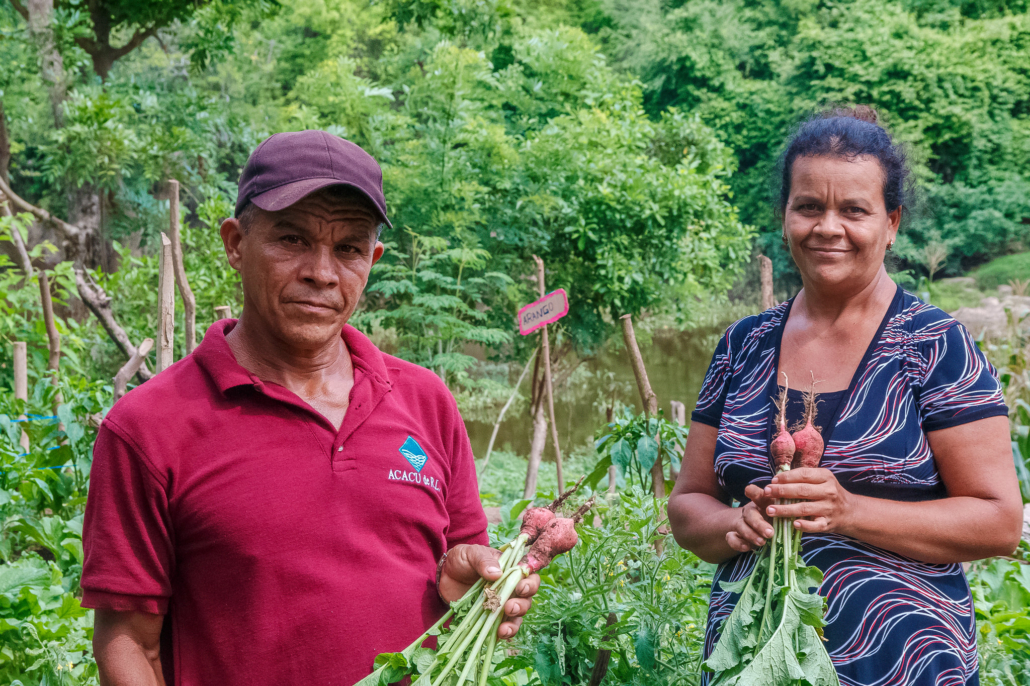Understanding the Complex Outcomes of El Salvador’s Gang Crackdown

Over the past year, El Salvador has undergone a significant transformation from being known as the homicide capital of the world. The country was once plagued by the MS-13 and 18th Street gangs, whose activities forced residents to abide by their rules. Homicides and extortion payments to these gangs were common for decades. However, in March 2022, after a two-day spike of more than 70 killings, President Nayib Bukele declared a state of emergency. As a part of El Salvador’s effort to combat gang violence, a drastic measure was taken to temporarily suspend certain constitutional rights. The aim of this measure was to permanently remove gang members from communities. More than 66,000 individuals were imprisoned by the government during the crackdown on gangs. El Salvador has the world’s highest incarceration rate globally, with approximately 1% of its population behind bars.
Impact on Community
Since El Salvador’s gang crackdown, the gangs that controlled cities for years have almost entirely disappeared. Since the removal of the MS-13 and 18th Street gang members, individuals no longer have to pay regular extortion payments or tolls. These payments exacerbated poverty in gang-controlled territories. Although poverty has decreased by about 20% in the past decade, 30% of Salvadorans live under the poverty line.
Criminal activity has decreased significantly. The crackdown has disrupted the operations and networks of gangs and even dismantled some of their structures. Several gang leaders and members have been arrested or killed, and this has significantly impacted the frequency of criminal activities. Public safety has increased greatly since the start of El Salvador’s gang crackdown. People feel much safer walking the streets, businesses can operate without constraints from gangs and communities have regained some sense of security. The nation has not had a homicide at the national level for more than one year.
El Salvador’s successful crackdown on gang violence has inspired neighboring countries, including Honduras, which also grapples with significant gang-related issues. El Salvador’s achievements serve as inspiration for these countries to take similar decisive measures to combat gang violence.
Human Rights Concerns
Although El Salvador’s crackdown was extremely effective in removing gang members from communities, it is important to acknowledge that during this process, the police also arrested a considerable number of innocent individuals. While there have been efforts to release those wrongly imprisoned, many believe that there are still thousands of unjustly convicted people. The suspension of constitutional rights calls for concern because those convicted do not have the right to a trial. This situation highlights the need for a balanced approach to addressing gang violence while safeguarding the human rights of all individuals.
Expanding Education Opportunities
Gang presence has had a major negative impact on El Salvador’s education system. The poor education system is a major driver of the country’s high poverty rate. Only 11% of Salvadorans have received more than 13 years of education. Within the prison system, more than 90% of those incarcerated did not finish high school, reflecting the limited access to education opportunities in El Salvador.
In order to increase the youth population’s access to education, the Bukele government has introduced CUBOS, or “Urban Centers for Welfare and Opportunities,” in impoverished communities. The goal of these centers is to provide young people with a space where they have academic support and access to technology and other resources.
Additionally, the Education Quality Improvement Project aims to improve lower secondary and upper secondary education rates in the public school system as well as expand access to education.
The El Salvadoran government and international organizations are working together to create a long-term strategy to increase the national education rate, which could also decrease the high poverty rate.
– Surya Patil
Photo: Flickr
